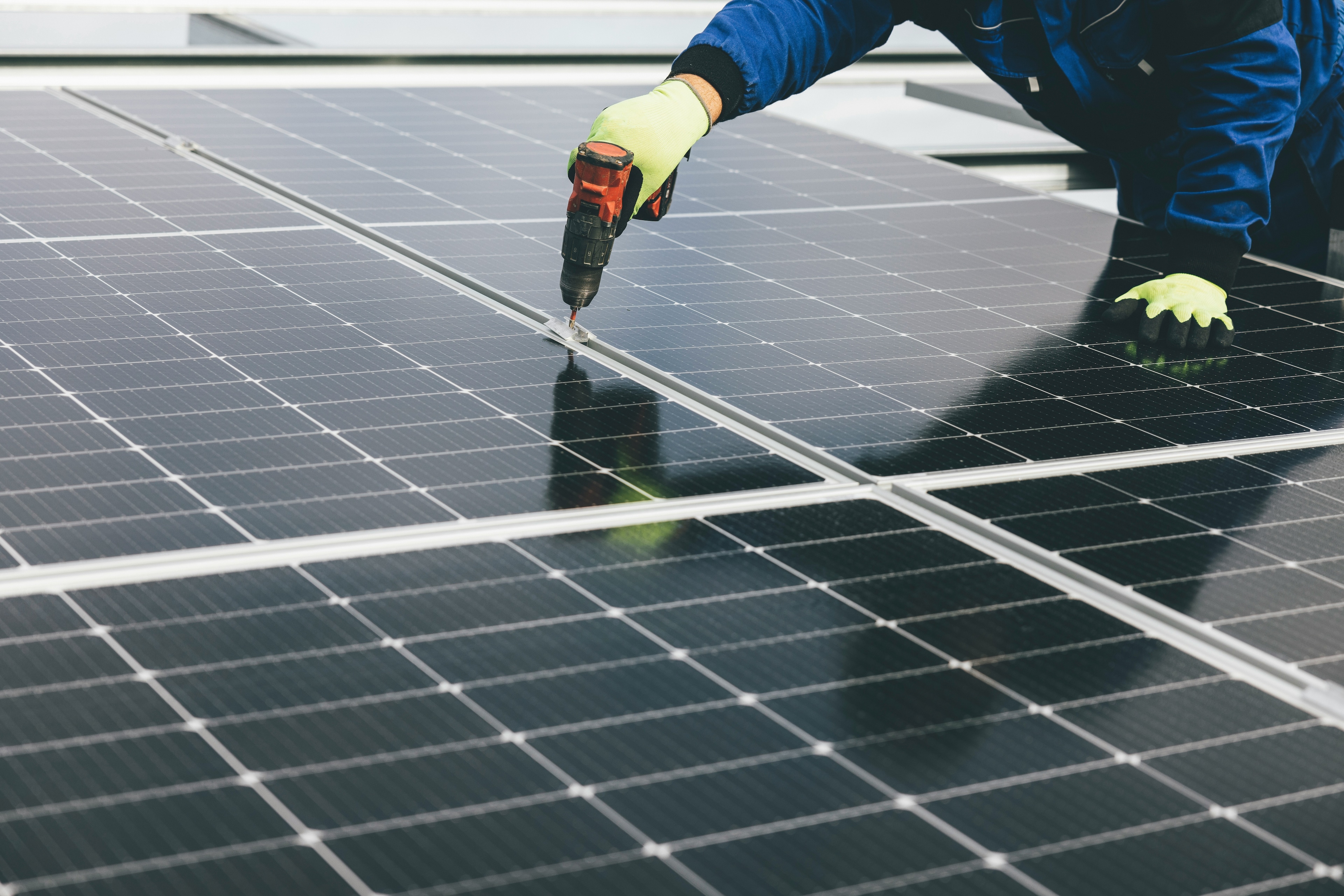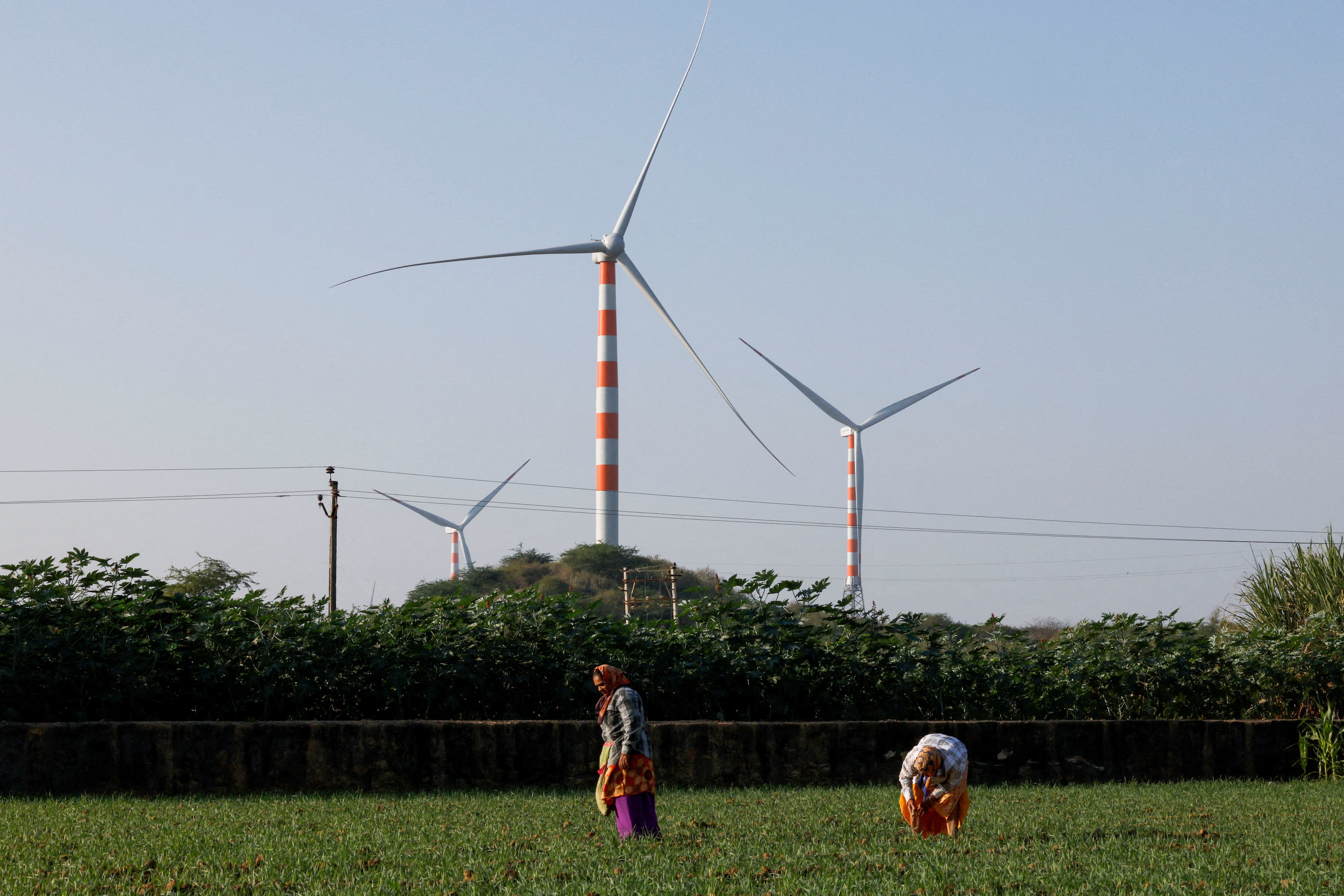What makes a zero energy building?
Stay up to date:
Real Estate
The Buildings Performance Institute Europe (BPIE), a membership organisation dedicated to improving the energy performance of buildings across Europe, has produced a new fact sheet on definitions of ‘nearly zero energy buildings’ (nZEB) across Europe.
The factsheet is most welcome, forming a response to a demand I featured in a post I wrote last November – We Need A Definition of Nearly Zero Energy Buildings – following a study, Laying down the pathways to nearly Zero-Energy Buildings, A toolkit for policy makers.
This new factsheet summarises the current status of different approaches and indicators used by European Member States (and Norway) for the nZEB definition of new and existing buildings.
Main findings
It reveals that there is a patchy response across the continent, with many countries still lacking a definition, meaning that they are not doing nearly enough both to save their residents money and to reduce carbon emissions. Buildings are responsible for between 30 and 40% of carbon emissions globally.
Where definitions exist, they are not consistent or very comparable between nations.
It also finds that wherever there is some kind of a definition, then it gradually becomes implemented and promoted in the marketplace, resulting in improvements to residents’ comfort and a reduction in energy bills and greenhouse gas emissions.
- To date, a definition is available in 15 countries (plus Brussels Capital Region and Flanders).
- In a further 3 countries, the nZEB requirements have been defined and are expected to be implemented in the national legislation.
- In the remaining 9 member states (plus Norway and the Belgian Region of Wallonia), the definition is still under discussion and has not been finalised.
- But a big drawback, which means that comparisons are hard to make between member states is that the values defined for maximum primary energy consumptions show a large variation of a factor 4 to 5.
- Furthermore, to date, only 8 countries have formally established nZEB requirements for existing buildings.
- Five jurisdictions have set the same requirements for new and existing buildings.
- In three cases (Austria, France and Brussels Capital Region) the requirements for major renovations of existing buildings are less strict than those set for new buildings.
Patchwork situation: The map reveals which countries have adopted legislation and definitions on near zero energy buildings.
The European-level legal situation
In Europe, the European Energy Performance of Buildings Directive (EPDB) requires that from 2019 onwards all new buildings occupied and owned by public authorities in Europe are nearly Zero Energy Buildings (nZEBs) and that by the end of 2020 all new buildings must be nZEBs.
But the directive has not performed as well as expected, even in the recast version. It neither prescribes a common approach to implement nearly Zero-Energy Buildings nor describes the assessment categories in detail.
Thus, European Union member states and Belgian regions have established different parameters, both in terms of quantity and quality, in their own definitions.
The factsheet provides a cross-country overview of the main aspects related to national nZEB definitions in EU28 (and Norway).
What are the main approaches?
- In most countries, the nZEB definitions refer to maximum primary energy as one of the main indicators.
- In a few cases (e.g. the Netherlands and the Belgian Region of Flanders), the primary energy use of the building is assessed through a non-dimensional coefficient, comparing the buildings’ primary energy use with a “reference” building with similar characteristics (e.g. building geometry).
- In several countries (e.g. the United Kingdom, Norway and Spain) carbon emissions are used as the main indicator;
- In others (e.g. in Austria and Romania) carbon emissions are used as a complementary indicator to primary energy use.
- For residential buildings, most jurisdictions aim to have a primary energy use not higher than 50 kWh/m2y.
- Often, different requirements are established for single family houses as well as apartment buildings and higher values are established for regions with a colder climate (e.g. France and Romania).
- For non-residential buildings, some jurisdictions set a single target only for offices and schools (e.g. Brussels Capital Region).
- Others (e.g. Romania and Estonia) also include requirements for hospitals.
Overall, due to the different calculation methodology, climate conditions and building typology, the maximal primary energy level for non-residential buildings in Europe ranges from 0 to 270 kWh/m²/y.
What about the means for calculating the energy performance of buildings?
The EPBD (Annex I) lists the main end-uses that should be included such as heating, domestic hot water, cooling, ventilation and (mainly in non-residential sector) lighting. How have countries responded?
- In most jurisdictions, energy needs for cooling and ventilation are considered for residential buildings but only a few consider household appliances (e.g. Austria) or the energy consumption of lifts and escalators (e.g. for non-residential buildings in Italy).
- Apart from the requirement for primary energy consumption, most countries also set separate requirements on final energy use, as suggested by the European Committee for Standardisation, in most cases referring to the final energy required for space heating (e.g. in Cyprus, Latvia, Slovenia or Brussels Capital Region) or to the mean transmittance coefficient of the building (e.g. in the Czech Republic).
- In some cases (e.g. in Denmark and Brussels Capital Region), the evaluation of the building airtightness is also included.
- In a few cases (e.g. in France, Denmark, Brussels Capital Region and Flanders), additional requirements are established for the performance of the technical systems (e.g. heating and ventilation units) and to additionally reduce the building overheating risk.
What about the use of renewable energy?
- 11 Member States plus Brussels Capital Region and Flanders set a definition that comprises both a numerical target for primary energy use (or final energy) and assess the share of renewables in a quantitative or qualitative way.
- In 8 of these states (Cyprus, Lithuania, Latvia, Romania, Slovakia, Ireland, France, Region of Flanders), the share of primary energy consumption which has to be covered by renewable energy sources is explicitly stated.
- In other jurisdictions (e.g. Czech Republic, Denmark, Estonia and Brussels Capital Region) renewable sources are considered indirectly.
- In Denmark, while a minimum share of renewable sources has not been established, a gradual evolution of primary energy factors has been planned and an increase in the share of renewable energy above 50% is expected in 2020.
By the end of this year the European Commission will evaluate the progress that member states have made in this area. They will find that the levels of ambition in defining new zero energy buildings varies considerably across the continent demonstrating the need clear European level legislation to help member states make their new and existing buildings more energy efficient.
This article is published in collaboration with The Sustainable Cities Collective. Publication does not imply endorsement of views by the World Economic Forum.
To keep up with the Agenda subscribe to our weekly newsletter.
Author: David Thorpe is a Special Consultant at the Sustainable Cities Collective.
Image:Solar panels are seen on the roofs of residential houses. REUTERS/Stringer.
Don't miss any update on this topic
Create a free account and access your personalized content collection with our latest publications and analyses.
License and Republishing
World Economic Forum articles may be republished in accordance with the Creative Commons Attribution-NonCommercial-NoDerivatives 4.0 International Public License, and in accordance with our Terms of Use.
The views expressed in this article are those of the author alone and not the World Economic Forum.
Related topics:
Forum Stories newsletter
Bringing you weekly curated insights and analysis on the global issues that matter.
More on Energy TransitionSee all
Charles Bourgault and Sarah Moin
August 19, 2025
Jürgen Karl Zattler and Adrian Severin Schmieg
August 18, 2025
Piyush Verma
August 18, 2025
Valentin Chomel and Jacques-Alexis Verrecchia
August 14, 2025
Gaurav Upadhyay and Labanya Prakash Jena
August 8, 2025
David Timis
August 8, 2025






